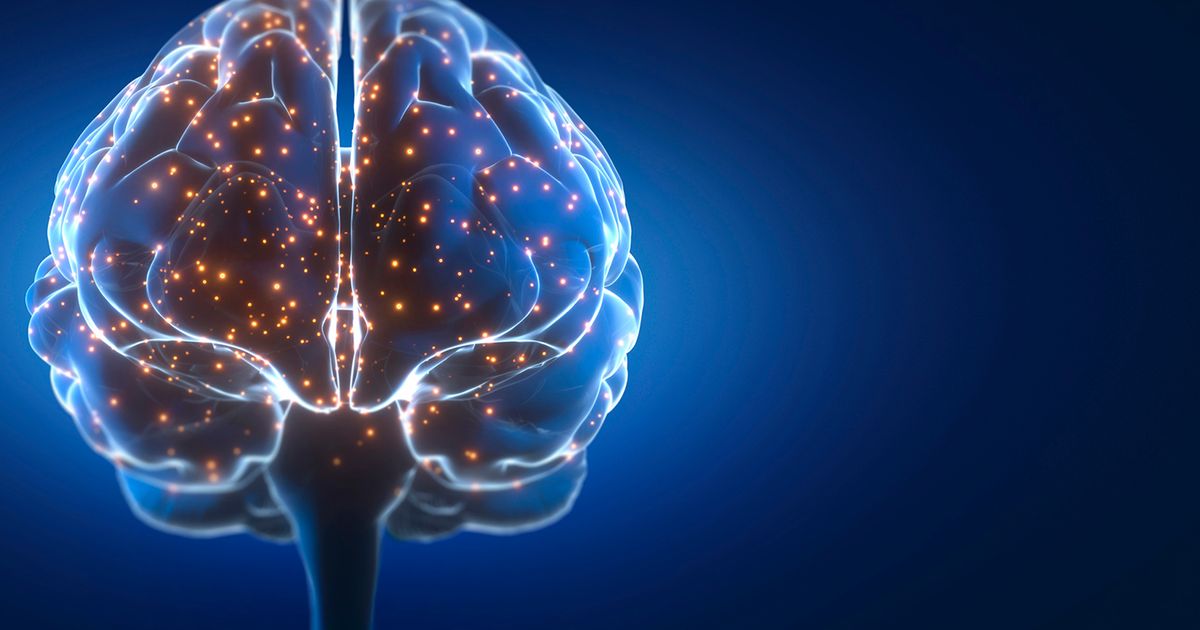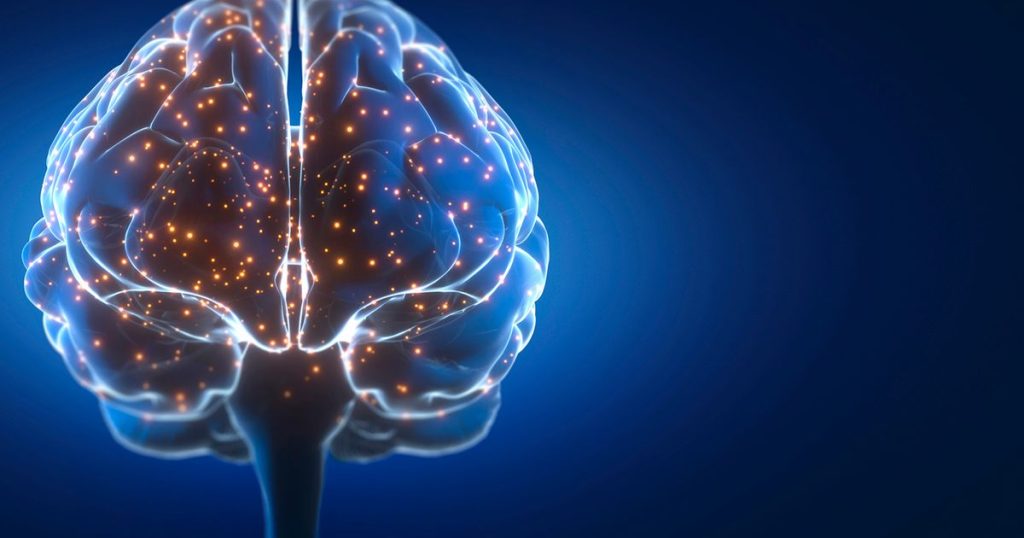
In the United States, more than 40 million people suffer daily with the effects of anxiety. Sometimes the symptoms can be debilitating. Research shows that left untreated, anxiety can actually alter the structure of your brain. The parts of the brain that regulate rational thinking, concentration and other cognitive functions can shrink, causing the brain to overreact to stress, affecting the entire body.
According to the National Institutes of Health, there is significant evidence that neurofeedback treatment, a noninvasive means of electronically measuring brain waves and retraining the brain for better emotional regulation, can be particularly helpful in soothing generalized anxiety disorder.
“Anxiety appears in the brain as increased low amplitude, high frequency activity known as beta waves. In excess this causes a person to be nervous, on edge and to fidget,” says M. Antoinette Walker, a counselor and neurotherapist at Think Bright Therapy in Seattle. “The goal of neurofeedback is to teach the client how to regulate their brain state. When the brain is regulated, it produces an increase in high amplitude, slower frequency alpha waves which aids in relaxation, decreasing beta waves.”
What is neurotherapy?
Neurotherapy is a combination of neurofeedback, biofeedback and talk therapy. Neurofeedback, also referred to as EEG biofeedback, teaches self-control of brain functions by measuring brain activity with sensors placed on the scalp. The sensors read the cortical level activity of the brain and provides auditory and visual feedback to the client. As the client progresses, the clinician adjusts the level of difficulty to advance the brain to an optimal state. This evidenced-based intervention combines rewiring the brain at a cellular level with other therapeutic methods, such as breathing techniques to reduce stress and anxiety.
“Neurofeedback is an excellent complement to talk therapy,” says Walker, who specializes in substance use disorders, anxiety, depression and trauma. “Before, during and after neurofeedback training, the clinician assesses the client’s biological, emotional, physical and social well-being. The clinician may teach the client cognitive skills to help reframe their thinking, increase positive emotions and emotional awareness, and teach them self-regulation through neurofeedback and breathing skills. They may also address self-care needs, such as exercise and nutrition.”
Neurofeedback can be used to treat numerous physical and mental health concerns, including substance use disorders, sleep problems, chronic fatigue, depression, anxiety, trauma, addictions, panic attacks, attention deficit/hyperactivity disorder and post-traumatic stress, as well as being beneficial for peak performance training.
How neurofeedback treats anxiety
Studies show that the level of anxiety can be effectively measured by neurofeedback, and lowered over time. The amount of time depends on factors including age, the severity of the condition and the frequency of treatment sessions.
Clients learn to alter their brainwaves to produce the desired effects the same way they master any other new skill — through repetition and feedback. For best outcomes, Walker recommends two 30-minute sessions per week for 15 weeks. We all learn at different rates, “no two brains are the same. As a result, an individualized protocol is developed to specifically address the client’s needs.”
The types of neurofeedback training that Walker practices includes amplitude training, infra low frequency, and Alpha Theta training. The first step in neurofeedback amplitude training involves obtaining a brain map, also known as a quantitative electroencephalogram. This baseline guides the clinician in developing a protocol by identifying the location of dysregulated currents, a key factor in treatment.
Neurofeedback takes advantage of the brain’s plasticity, which encourages and reinforces new neuropathways. This treatment can both retrain the brain and significantly reduces a return to the old pathway patterns. This training results in the formation of new healthy connections and the pruning of old unhealthy connections.
Who may benefit from neurotherapy?
Neurofeedback may be beneficial if you:
- Have a mental health issue that has not responded to medication.
- Desire to explore peak performance levels.
- Are seeking alternatives to talk therapy.
Neurotherapy may provide long-lasting relief for anxiety
“Unlike the results of medication, the benefits of neurofeedback continue after training ceases,” says Walker, who recommends maintenance sessions as needed. “Anxiety does not just disappear, and neurofeedback is not a magical pill or potion. The ability to decrease or eliminate anxiety or any other issues is dependent both on the effectiveness of the neurofeedback training and the active involvement of the client.”
M. Antionette Walker at Think Bright Therapy specializes in co-occurring and substance use disorders, anxiety, depression and trauma. Intervening with neuroscience treatment approaches, including neurofeedback and biofeedback.

